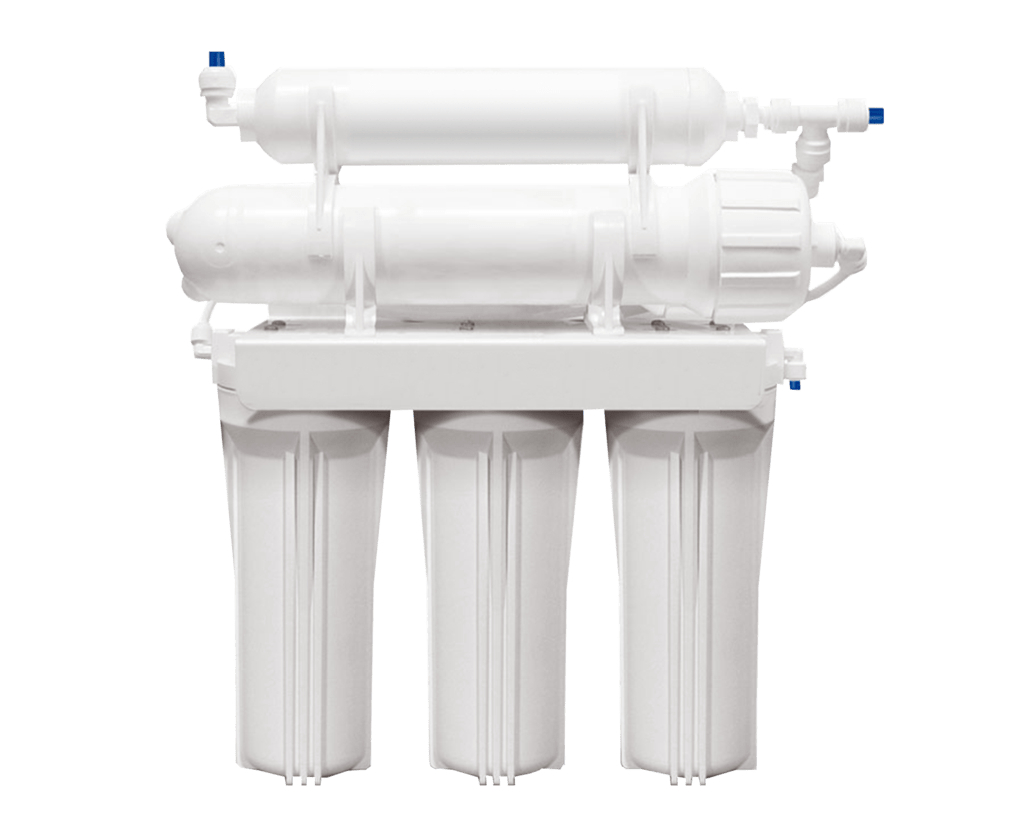
One thing that cannot miss out on the doctor’s recommendation is drinking more water. Yet, the water we readily have available for drinking is contaminated. The substances that compromise the quality of water range from disease-causing microorganisms, harmful metal traces, dust particles, dissolved solids, salt contents, mud residues to other impurities.
The ailment-causing pathogens are invisible to the eye due to their microscopic size. At the same time, the lead & arsenic metals might be present in the water in traces (equally invisible). So then, we would not be surprised to realize that our ta water is not safe for drinking, despite the municipal’s efforts to treat the water.
People are now using reverse osmosis (RO) technology to filter and purify their drinking to keep themselves safe while drinking more water. Even so, there is a need to know what to consider before buying an RO water filter. This article discusses the five things you should check before buying a reverse osmosis filter.
Table of Contents
Source of water to be filtered
Before deciding to purchase any type of RO filter, you must research and establish the source of water that the reverse osmosis filter is going to purify. There are many sources of water, including city/municipal water and well water. Knowing the source of water is critical as it informs you about the expected amount of contaminants and impurities in water. This, in turn, will inform the type and model of reverse osmosis filter to be bought. If the source is the city water, you will need a filter that finalizes purification by removing chlorine. This is because the municipal water is treated. However, the treatment method is not sufficient to remove all contaminants. Besides, the chlorine used in the water treatment leaves the water with a weird taste, and that’s what the reverse osmosis filter removes. However, suppose the water source is a well. In that case, it means the model of the reverse osmosis filter to be bought should have a design that allows it to remove the highest amount of contaminants.
Filter quality
Before buying any reverse osmosis filter, try to determine the quality of the filter you are contemplating buying. Different filters from different companies will have varied qualities, depending on the technology used. Most filters have a pre-filter and a post-filter to ensure that the water produced is of high quality. Still, that is not enough. You can test the total dissolved solid value of the filter what and compare it to that of the source water to gauge the filter quality. You can also check for the presence of an alkaline remineralization indicator or NSF certification to determine the filter quality.
The water pressure
Another factor that determines the choice of a reverse osmosis filter is the pressure of water to be filtered by the reverse osmosis filter. Remember, reverse osmosis filters use water pressure to filter water. It is the water pressure that forces water through the semi-permeable membrane of the RO filter. A minimum of 40psi is needed for the reverse osmosis filter to function. If the water pressure is below 40psi, it would not be wise to use a reverse osmosis filtrations system.
Flow rate & wastewater
The filter’s flow rate and the amount of wastewater generated also determine the type of reverse osmosis filter you will buy. While the typical rate is 50gdp (gallons per day), in practice, most filters will have a flow rate that is 10-15% less than the stated value. Depending on your needs, you will select the filter with the appropriate flow rate. Another thing to keep in mind is that reverse osmosis filters use more water than they filter. They use three times as much water as they recover, meaning that two-thirds of the water goes into waste. Therefore, you should establish where and how to dispose of the wastewater that the filter generates.
The budget
Having looked at the four elements above, you should remember that nothing comes without cost. If you want the best, you must pay the best. There are two costs involved in purchasing a reverse osmosis filter: the initial cost and the running/ maintenance cost. The initial cost is what you pay when you are buying the filter, while the running cost refers to the cost of maintaining the filter. For instance, you will need to replace the filters, and this is costly. Thus, look at your budget and find yourself the best reverse osmosis filter.
Conclusion
Reverse osmosis filtration is one of the water treatment methods that have really revolutionized. People like them as they remove almost all contaminants from drinking water. Before you can buy a reverse osmosis filter, check the water source, the water pressure, your budget, the filter’s flow rate & wastewater generation, and the filter quality. This way, you will buy a filter that serves you well and keeps you safe by offering the best water quality.
Originally posted 2021-06-25 17:58:53.
Hello, I am a professional writer and blogger at Adclays.com. I love to explore the latest topics and write on those topics. I spend the maximum of my time on reading and writing interesting topics which provide valuable piece of information to my readers whether it comes to the latest fashion, technology, healthy lifestyle, business information, etc. Explore my writings by visiting the website.